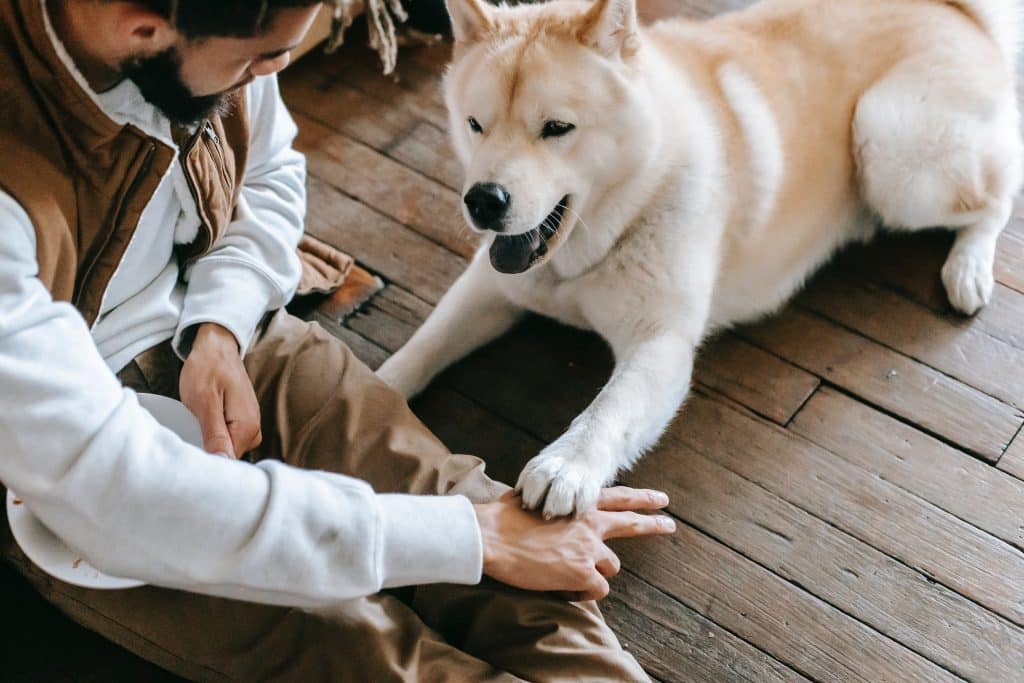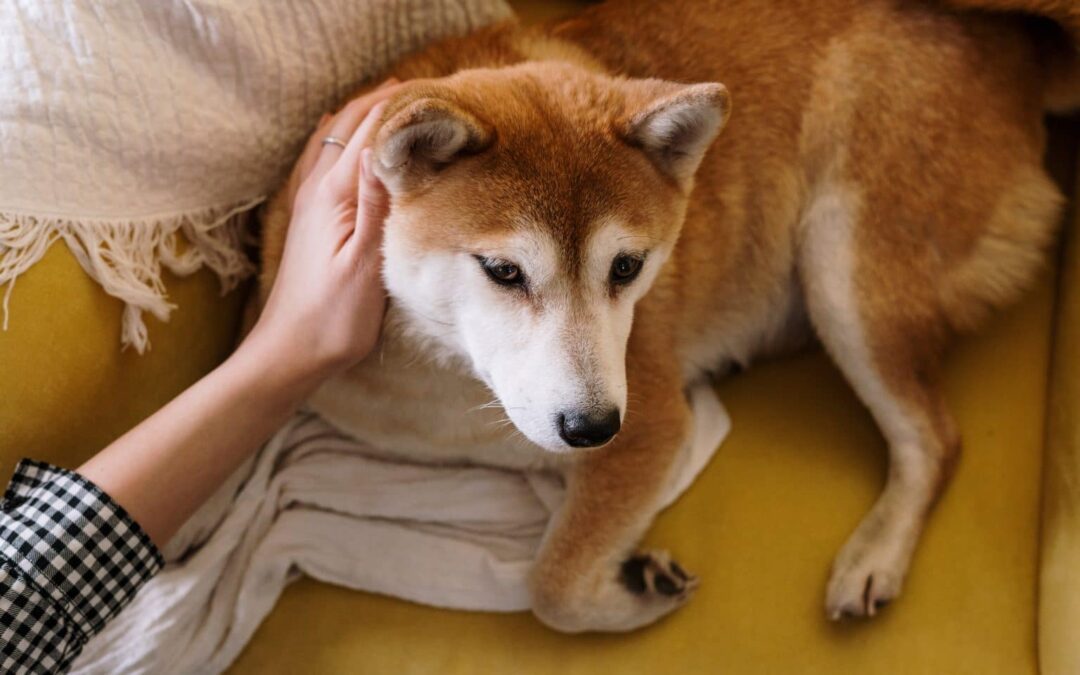Understanding Your Dog’s Heat Cycle
Understanding your female companion’s ‘heat’ cycle is critical in the exciting world of dog ownership, and this natural biological process profoundly influences her behaviour, health, and reproduction capacity. Today, we’ll look at the many stages of the heat cycle and its frequency and warning indications so you can give the best treatment possible. We’ll also discuss how to provide comfort at home during this time and notify you of any potential health problems. This thorough guide, inspired by the insights of Veterinary Partner, strives to empower you as a dog owner by ensuring your pet’s safety and wellness during these necessary periods.
The Importance
One of your responsibilities as a pet owner is understanding your pet’s natural reproductive cycles, such as the heat cycle experienced by female dogs. Listed are key benefits that we know will benefit you.
- Health Monitoring: Initially, you may monitor your dog’s well-being by paying attention to her menstrual cycle. Unusual symptoms or changes during the procedure, such as irregular timing, could be signs of a medical illness, such as hormone imbalances or a reproductive system disease. Early detection of these problems can lead to more effective treatment and perhaps result in lifesaving for your pet.
- Behaviour Recognition: The heat cycle can dramatically impact a female dog’s temperament, and they could display signs like increased urination, restlessness, or changes in appetite. Knowing that they are a standard component of the heat cycle will help you avoid anxiety and ensure your pet receives the proper care during this time.
- Breeding Control: If you do not want to breed your dog, you must know about the heat cycle to prevent accidental pregnancies. Based on this information, you may decide when it’s OK for your dog to associate with males and when she should keep them apart.
- Pet Comfort: A female dog in heat may also feel uncomfortable. You can give her more attention and comfort by being aware of her heat cycle, including extra bedding and a calm setting.
Understanding Your Dog’s Heat Cycle: Stages, Frequency, and Signs
Every female dog goes through a reproductive cycle, or “heat,” that consists of four separate but related stages. You can gain critical insight into your pet’s behaviours and health by being aware of these stages and the indications that go along with them.
- Proestrus: The initial stage of the heat cycle typically lasts between 7 and 10 days. Your dog may attract males during this time, but she must still be ready to mate. Critical signs of this stage include a swollen vulva and a bloody discharge. Your dog may also become more alert or agitated and urinate more frequently – a signal to male dogs that she is entering heat.
- Estrus: Following proestrus, your dog enters the estrus stage, which lasts about 7 to 10 days. This is the period when she is fertile and open to mating. The bloody discharge observed in the previous stage transitions to a straw-like colour. Your dog may demonstrate ‘flagging’ behaviour, raising her tail to the side to signal her readiness for mating, and she might show increased interest in male dogs.
- Diestrus: This stage will last about two months, whether or not your dog has gotten pregnant. This is when she will give birth to her puppies if she is pregnant. Her body will act as though she is if she is not. Her vulva will revert to its standard size after the discharge stops. Pregnancy symptoms like an increased appetite and weight gain may start to show if she has mated and is expecting.
- Anestrus: The final stage is a rest period, lasting around 4-5 months before the cycle begins again with the proestrus stage. During this time, there are no overt signs of sexual behaviour or reproductive activity.
The frequency of these cycles varies significantly between dogs, influenced by factors such as breed, size, and individual health. Most dogs experience a heat cycle twice a year, approximately every six months. However, smaller breeds may cycle three times a year, while larger species might only come into heat once every 12 to 18 months. The cycle can be irregular in young dogs that have just started to go into heat and in older dogs nearing the end of their reproductive years.

Caring for Your Dog During Her Heat Cycle
Knowing how to respond when your dog is in heat can ensure she remains comfortable throughout her cycle.
- Manage Her Environment: Dogs in heat can attract male dogs from quite a distance. Keeping your dog indoors or closely supervised when outdoors is advisable to prevent unwanted encounters or pregnancies. Also, avoid dog parks or public areas where male dogs may be present.
- Keep Her Clean and Comfortable: Your dog will have a vaginal discharge during her cycle. To keep her clean and comfortable, consider using doggy diapers, especially when she’s indoors. Regularly check and change the diaper to prevent any skin irritations.
- Provide Extra Attention and Comfort: Some dogs may become more affectionate or anxious during their heat cycle. Extra attention, soothing interaction, and comforting toys or blankets keep her calm and reassured.
- Maintain Regular Exercise: It’s important to continue exercising your dog, but be mindful of when and where. Walks should be done on a leash to prevent her from running off if she smells a male dog. Try to exercise her during off-peak hours to minimize encounters with other dogs.
- Monitor her health: Keep a close eye on your dog’s conduct and general health. Call our veterinary cl right once if you see any symptoms of illness, such as lethargy, lack of appetite, excessive urination, or pain once.
- Nutrition: You may need to change your dog’s food if she has a decreased or increased appetite. Also, keep her hydrated by drinking plenty of fresh water.
Health Concerns & When to Consult a Vet
Although the heat cycle is routine for female dogs, there are some potential health problems. Pyometra, a severe uterine infection that can happen after the heat cycle, is one of the most typical. Lethargy, fever, abdominal enlargement, and a pus-like discharge are some of the signs of pyometra. An urgent response is necessary for this pet emergency.
False pregnancy is another phenomenon that can occur after a heat cycle, and symptoms can include nesting behaviour, weight gain, and even milk production. While not typically a medical emergency, it’s still a good idea to consult your vet if you notice these behaviours.
Last but not least, unexpected pregnancies might result in health issues for the mother and her puppies. Inadequate prenatal care might cause problems for dogs during pregnancy and delivery.
As a responsible pet owner, staying vigilant and monitoring your dog’s health throughout the cycle is essential. If you notice anything unusual, don’t hesitate to consult your vet. Remember, being cautious about your pet’s health is always better.
Conclusion
Understanding your dog’s heat cycle is crucial to responsible pet ownership. This cycle, which includes the proestrus, estrus, diestrus, and anestrus stages, can influence your dog’s behaviour and health in various ways. You can aid your dog by giving her the appropriate care and comfort by watching for each stage’s symptoms. Remember, most dogs go into heat twice yearly, but the frequency can vary depending on breed, size, and individual health. During this time, manage her environment, keep her clean and comfortable, provide extra attention, and monitor her health. Lastly, always stay alert to potential health concerns related to the heat cycle, and consult our clinic if you notice anything unusual. Your understanding and support will make this natural process much smoother for your beloved pet.
References
Veterinary Partner. (n.d.). Canine Estrous Cycle: The Heat Cycle. VIN.com. Retrieved May 14, 2023.

